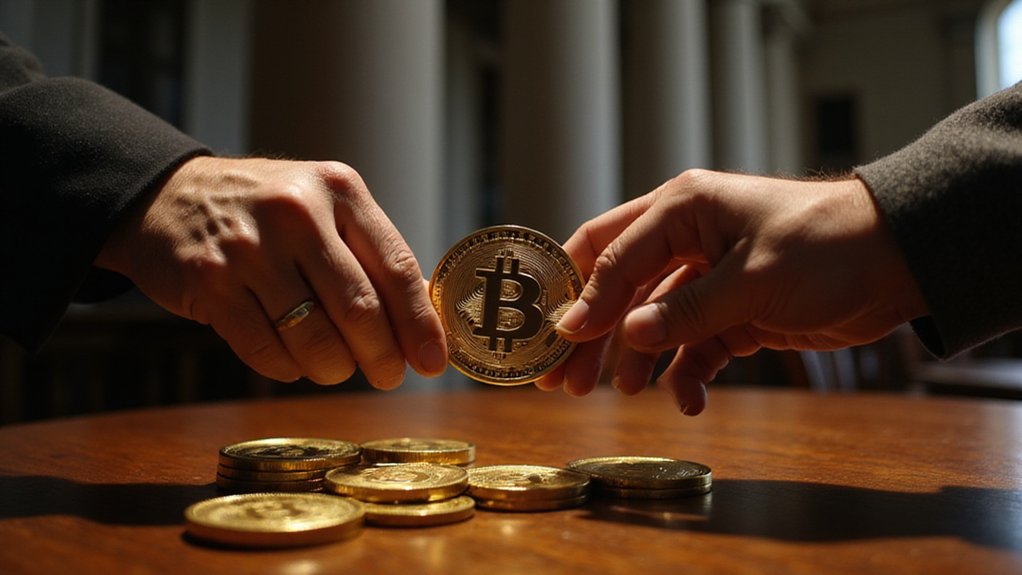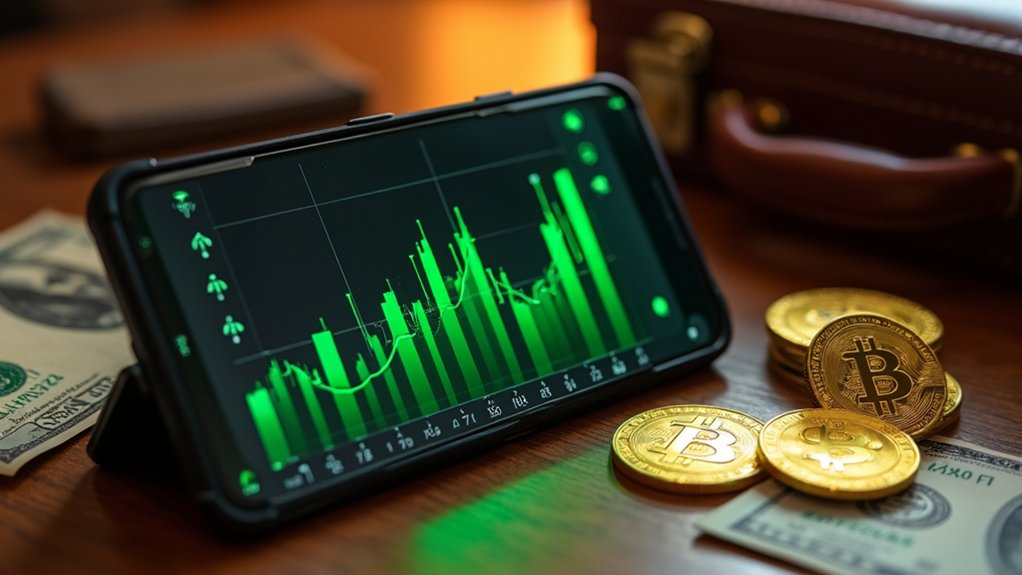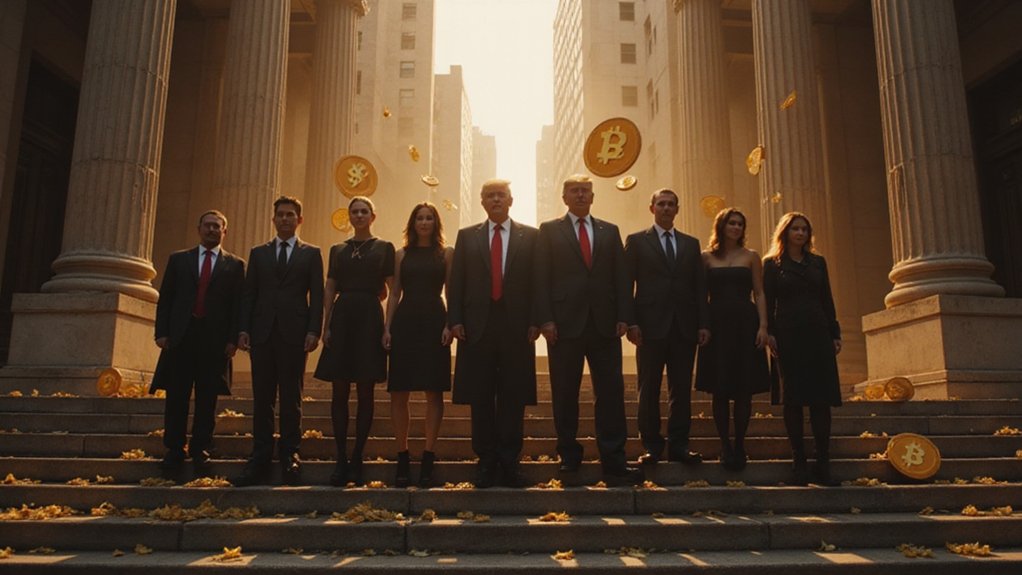When President Trump signed his executive order on January 23, 2025, promoting the “responsible growth” of digital assets—a phrase that might raise eyebrows among those who recall crypto’s wilder moments—he set in motion what his administration claims will transform the United States into the global “crypto capital.”
The sweeping initiative established a Working Group led by venture capitalist David Sacks, dubbed the “Crypto and AI Czar” (because apparently every emerging technology now requires its own czar), tasked with crafting a thorough regulatory framework for an industry that has long operated in the murky waters between innovation and speculation.
The Working Group, comprising SEC and CFTC chairs alongside Treasury and Commerce Secretaries, delivered a 160-page report that the administration touts as “the most extensive digital asset policy document ever produced by the U.S. government.” The group must submit their comprehensive report within 180 days of formation, establishing clear deadlines for regulatory framework development.
This roadmap delineates regulatory responsibilities among federal entities while supporting legislation like the GENIUS Act—which regulates stablecoins and carries the decidedly immodest subtitle of “American Brilliance.”
Trump’s broader vision encompasses integrating cryptocurrency into mundane economic activities: taxes, mortgages, retirement plans. Since his election, Bitcoin has surged 74%, suggesting markets appreciate this regulatory clarity (or at least the promise thereof). These developments come amid ongoing short-term volatility affecting the broader cryptocurrency market as regulatory frameworks take shape.
The GENIUS Act aims to broaden crypto accessibility across banking and payments, positioning digital assets as mainstream financial instruments rather than speculative curiosities. The administration has established user login sections for personalized access to regulatory updates and compliance information.
However, the March 2025 executive order establishing a Strategic Bitcoin Reserve and U.S. Digital Asset Stockpile—cornerstone campaign promises designed to cement America’s cryptocurrency leadership—remains conspicuously vague in operational details.
While Trump advocates this reserve as enhancing “investment and technological leadership,” the extensive policy report offers little illumination on how this ambitious stockpile will function in practice.
The administration pushes for rapid legislative implementation with minimal amendments, emphasizing speed over deliberation.
Whether this approach will successfully navigate the complex interplay between innovation and regulation—or simply create new uncertainties in different packaging—remains an open question.
The crypto industry awaits not just regulatory frameworks, but concrete details on how these grand strategic promises will translate into actionable policy.









